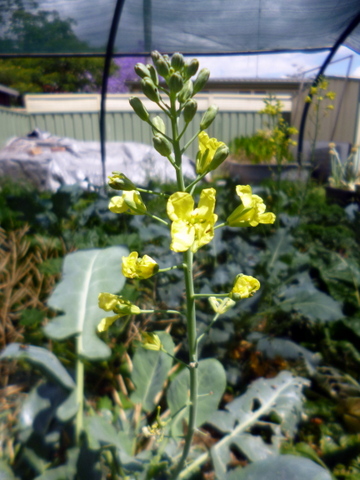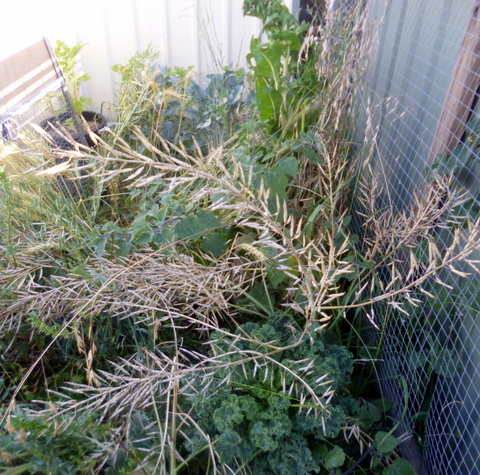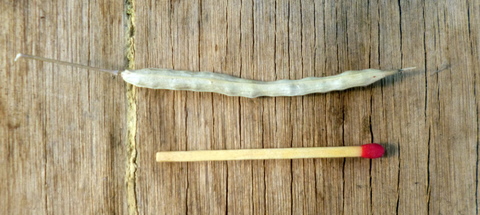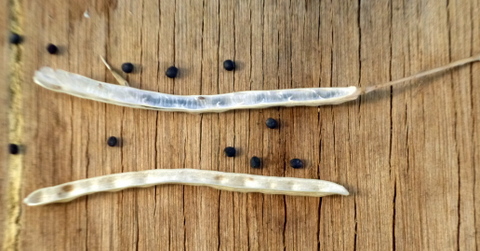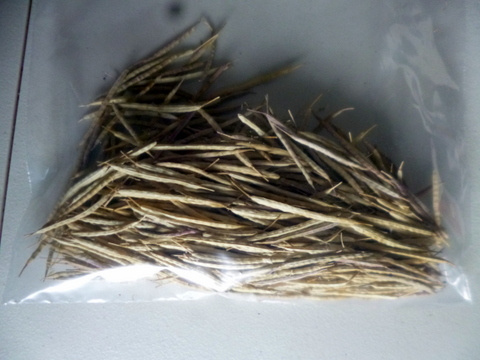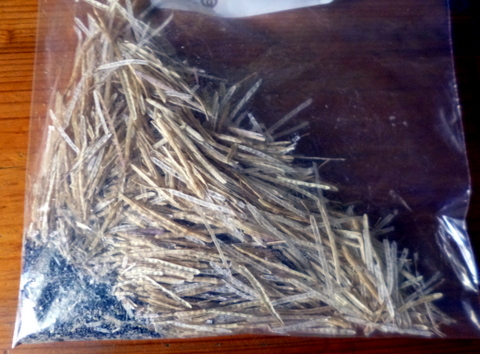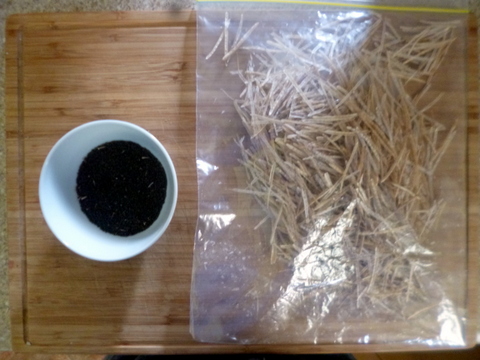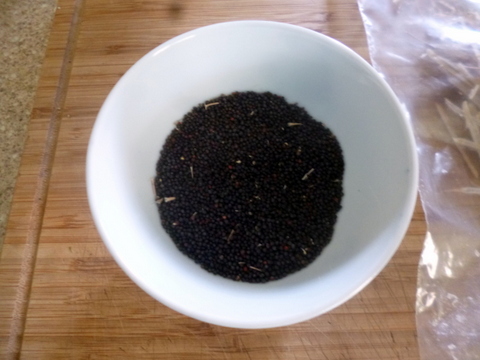Seed Saving - Brassicas
Created: 2017-11-17 01:55:55
The brassica family (previously called the crucifers because of their cross shaped flower) is quite large, containing many of the edibles we enjoy today including: broccoli, Brussel Sprouts, cabbage, cauliflower, choy sum, kale, mustard, pak choi, radish and turnip. While mostly being annuals, some like kale and cabbage are biennials (ie the will only flower and set seed after passing through winter). They are all insect pollinated.
The brassica family can be somewhat (how can I put this…..) promiscuous! Some members of the family will cross pollinate quite readily so that any seeds you save may be hybridised, resulting in a plant which may look nothing like either of the original parents! The important thing to remember is, if the genus and species name (first and second parts of the Latin name respectively) are the same, they can cross pollinate. If this is the case, to obtain seed the plants will need to be kept a kilometre apart (which in the home garden is difficult to say the least). The other option is to only let one type set seed, removing the others before they flower.
Also, many brassicas are self-infertile so if only one plant is allowed to flower the likelihood of getting viable seed is low, so let a number of plants flower to improve pollination chances. This will also contribute to genetic diversity in the resulting seed. A side benefit of this is that beneficial insects are attracted to brassica flowers and may find your garden to their liking and hang around providing pollination and pest control services for free.
Following is a list of the common brassicas and the genus and species to which they belong -
Brassica oleraceae: Broccoli, Brussel Sprouts, Cauliflower, Cabbage, collard greens, Kale, kohl rabi, kai lan
Brassica rapa: bok choi, Choi sum, turnips, field mustard, tatsoi, wong bok
Brassica juncea: canola, Giant red mustard, green wave mustard, mizuna
Raphanus Sativa: Radish
Eruca Sativa: rocket
Saving Seed
The seed pods of brassicas are elongated tubes with a pointy end and look somewhat similar regardless of the type or variety of brassica. To save the seeds allow the desired type to flower and set seed. Do not harvest the seed until the pods (more correctly called siliques) are fully dry and brown and the seeds rattle around inside. This can be a bit tricky because if they remain in this state for too long the pod can break open and scatter the seed so keep an eye on them. Harvest the whole plant and allow it to complete drying under cover for two weeks.
Once the siliques are nice and dry you need to get the seeds out, they are small and round, with colouration from red to reddish brown to blackish brown. The way I do this is to remove the siliques from the branches with a pair of scissors (tedious but cuts down on the trash needing to be removed later) and put them into a large plastic bag (which can be re-used). Once I have put all the siliques I want into the bag, I seal the top and crush all of the brittle siliques with my hands.
The seeds can all be concentrated into the bottom corner of the bag, allowing then to be drained off into a container by cutting off a small amount of the corner. (when re-using the bag just tape the cut corner up again). Any small bits of the remaining trash can be removed by sieving or if no sieve the right size is available pour the seeds into a bowl and roll them around and concentrate the seeds in the bottom of the bowl. Turn the bowl up on an angle and gently blow across the top of the seeds and trash, the lighter trash will be blown out leaving the heavier seeds behind.
Package the seeds and label with the type and variety of brassica and the date of harvest.
Thanks Marko!
